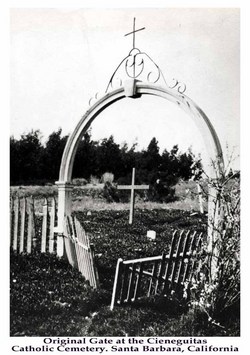
By Silvia Uribe
Jun 26, 2010
Jun 26, 2010
As someone who was raised in a Latino household, there are some things that I cannot completely understand in the American culture. Parents who gear their child up with "body harnesses" is one of them. Why would they want to have their kid on a leash?
I have raised my two daughters, who were like any other children - active, busy little children who were always discovering new things - interested in everything. As most parents, I too had the fear of them stepping off the curb, or getting lost in the middle of a busy street or in a crowded store. I can understand that part, but the leash part is too extreme.
Humans, no matter their size, should not be chained, nor leashed. I find this humiliating.
The fact that children are little should not translate into the assumption that they cannot understand what we tell them. They might be little, but they're not stupid. Actually, they are far smarter than we believe.
It seems like leash-ready parents have missed a very important point: Children can learn whatever we teach them. It gets better. The younger they are, the more they can learn. It simply takes for adults to put in the time and the effort in teaching them in a way they can understand.
The problem of children getting inadvertently away from their parents is one that my family solved several generations ago. Since my great grandma's time, children have been taught to be safe on the streets or anywhere where crowds were present - which in my over-populated Mexico City this means everywhere.
Here lies the secret. They make the little ones watch for the adults, as opposed to expecting adults to watch out for them. Simple tactic. Basically, by switching roles, they got rid of the problem.
My mother, for example, would say something like, "We're going shopping (or any other activity) so I'm not going to be watching you. You can move around as long as you don't lose sight of me. I'll be moving around too, so you have to pay close attention. If we get separated, I won't know where to find you, and I will have to go home by myself." I totally believed her.
And, she would always close with, "This is mommy's time, you need to behave, watch me and don't interrupt unless it is something very important."
And, so I did, and I never felt unloved or traumatized by this.
I did the same thing with my children, and I was usually able to shop peacefully, to talk to people, or to simply take a nice stroll without either having to constantly run after or be interrupted by my children. It was not that difficult to make them understand that their safety was very important to me, but that it should be more important to them.
With that approach, they also learned that when we were out and about as a family, we all had the same right to enjoy our outing, and that having to run after them all the time was not fun for us parents. They learned to think about others and not only about themselves.
Of course, we made sure that our family activities included things they liked, like running in the park, and playing on the swings. My husband and I fully participated with them. Likewise, when we were doing more ‘adult' activities like visiting with friends or having a cup of coffee downtown, we made sure to explain to them that the expectation was for them to also participate with us.
Today, my children would tell when asked that they were always happy, normal kids who enjoyed being active. They would also tell how they were constantly looking back to see what their parents were doing, and where they were going.
We were always vigilant, but they were mostly able to control themselves … no leash was necessary.
Talking to children, and teaching them reasoning skills, should start from day one. As parents, we should be the ones who guide, set clear boundaries and impose loving discipline. It is our responsibility to teach them leadership by example.
Of course, parents have to invest more time than they would by placing their children on a leash. But, by doing so, they will learn communication skills, respect for authority, and ultimately, a positive and respectful family dynamic will be created.
Silvia Uribe is a freelance writer with a Latino perspective.
Cross-published on http://www.edhat.com/





